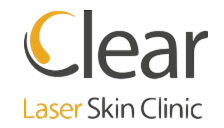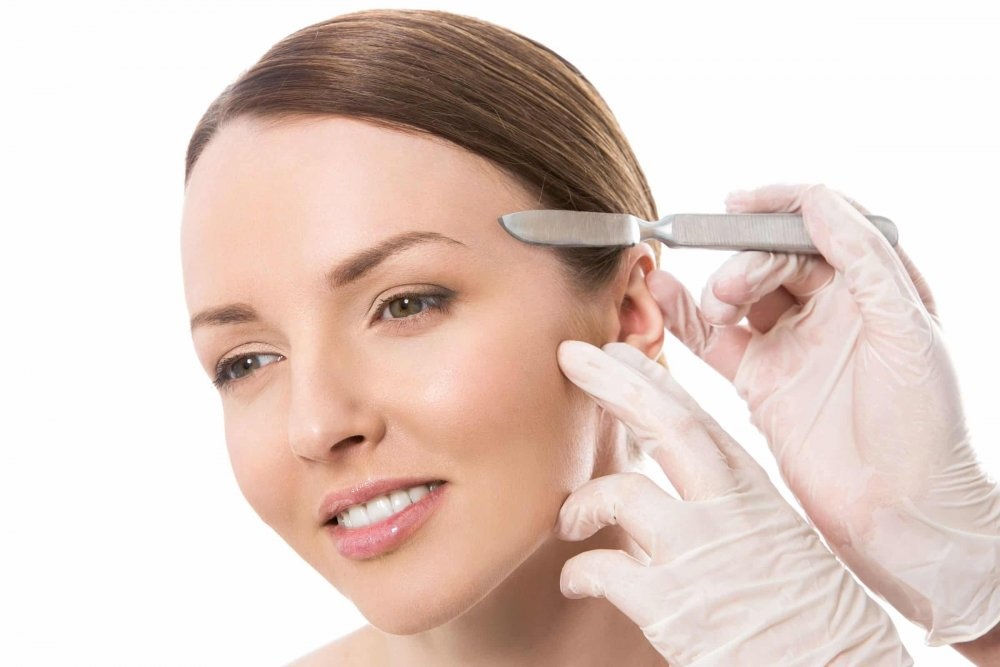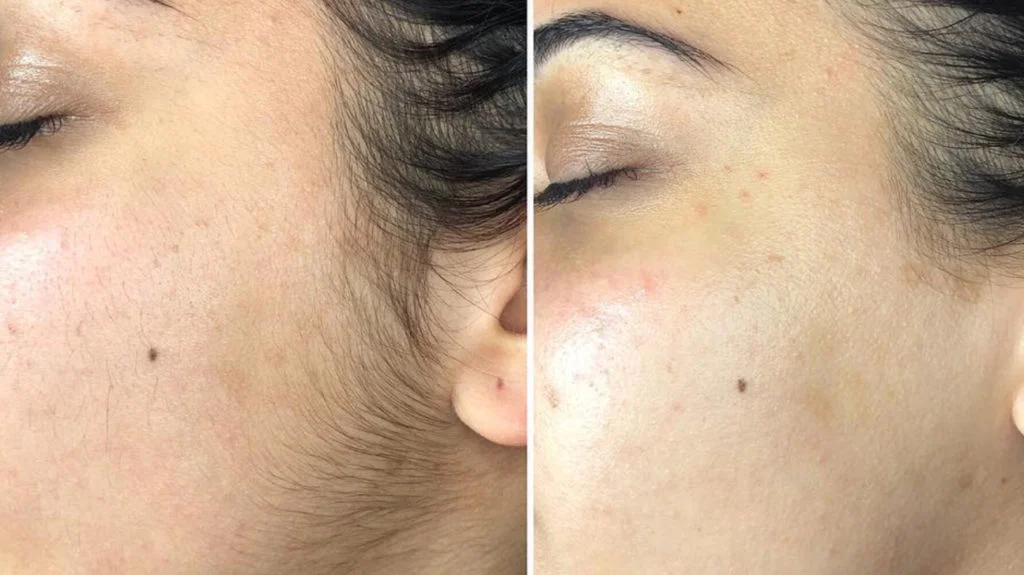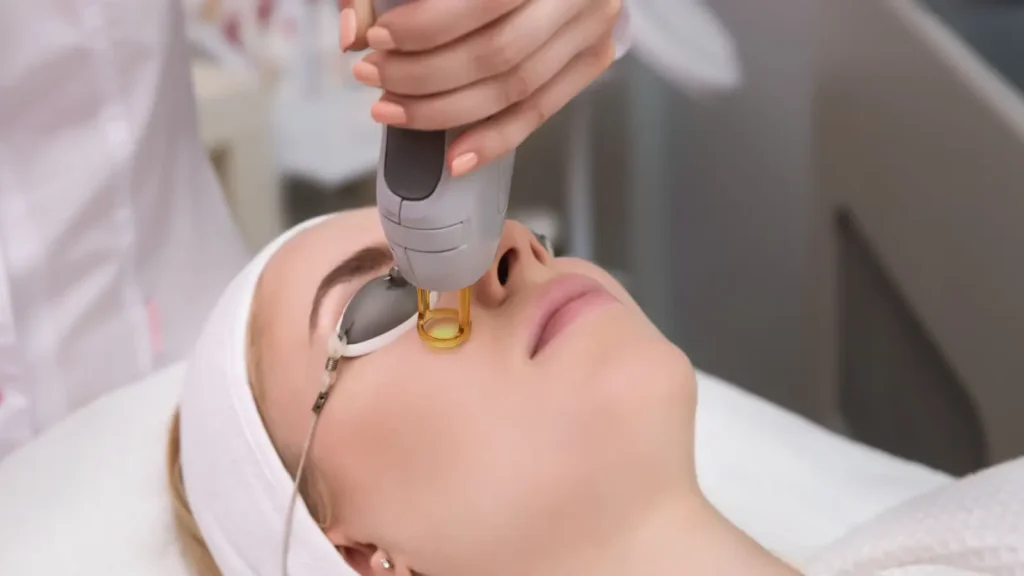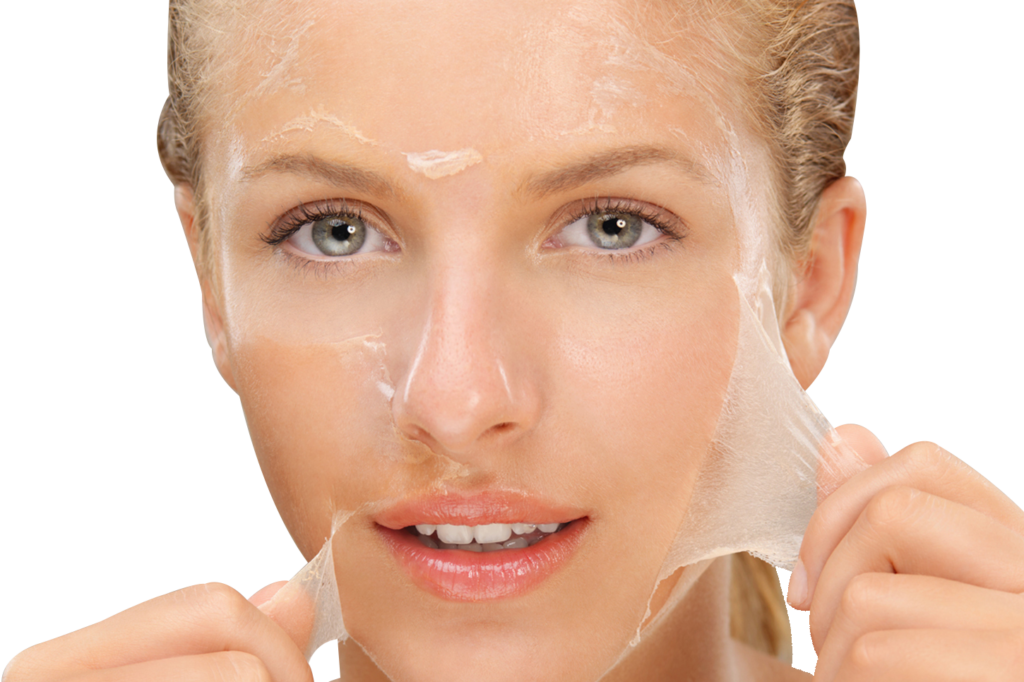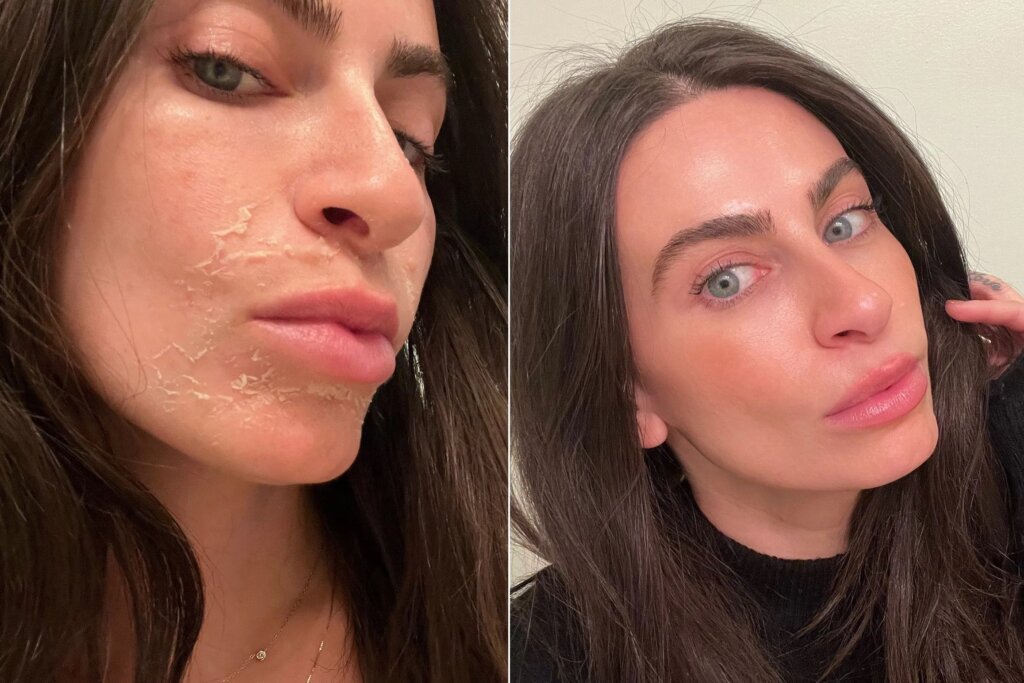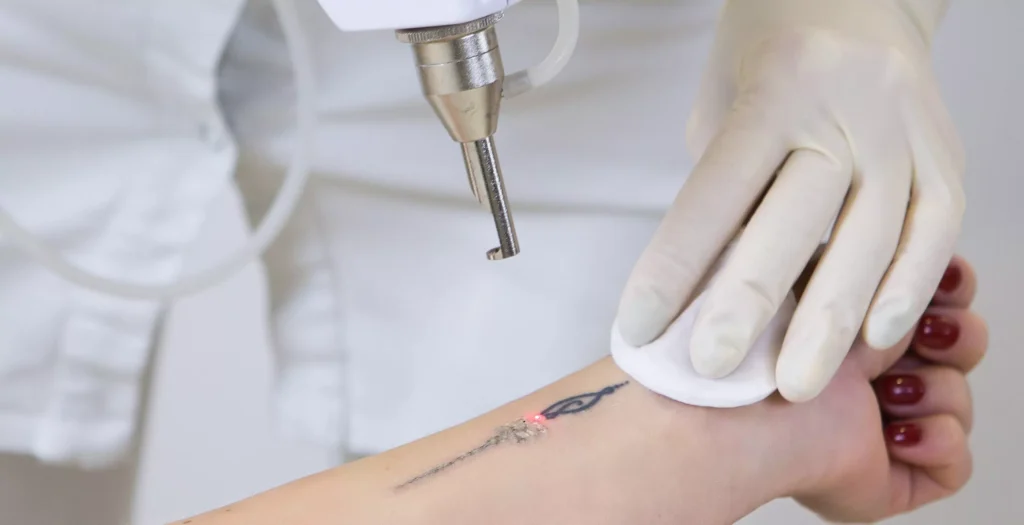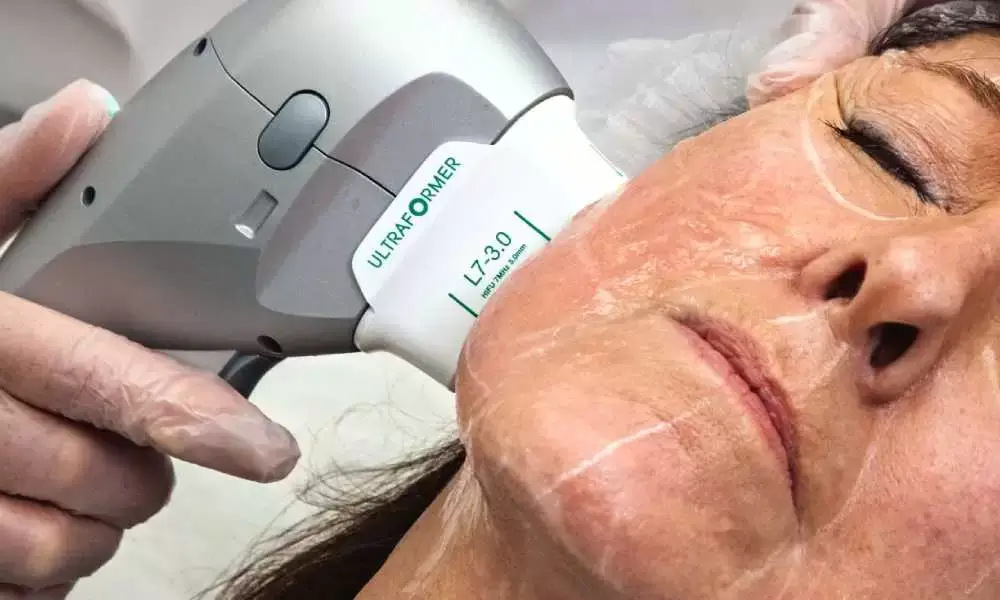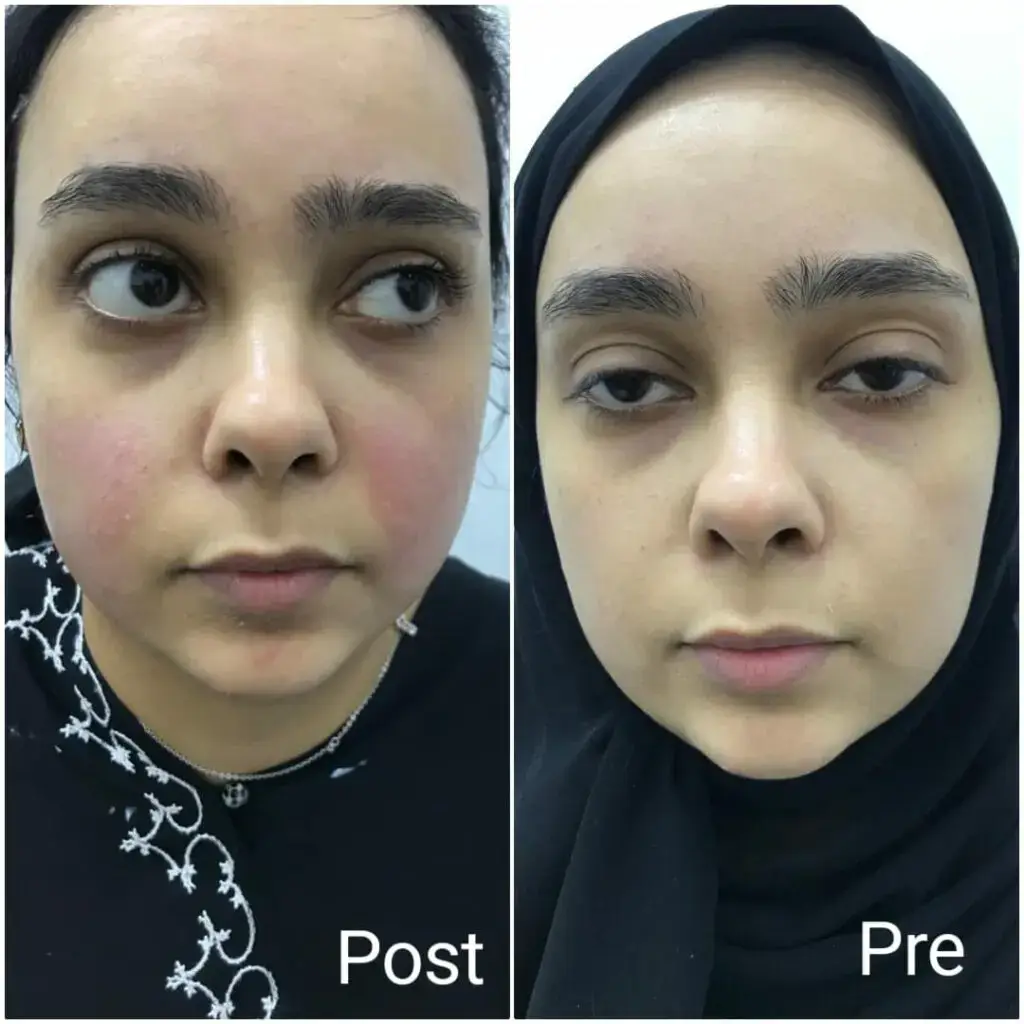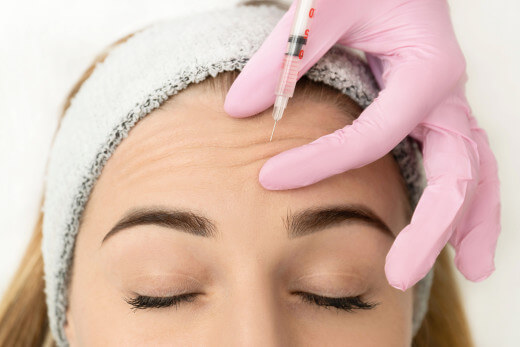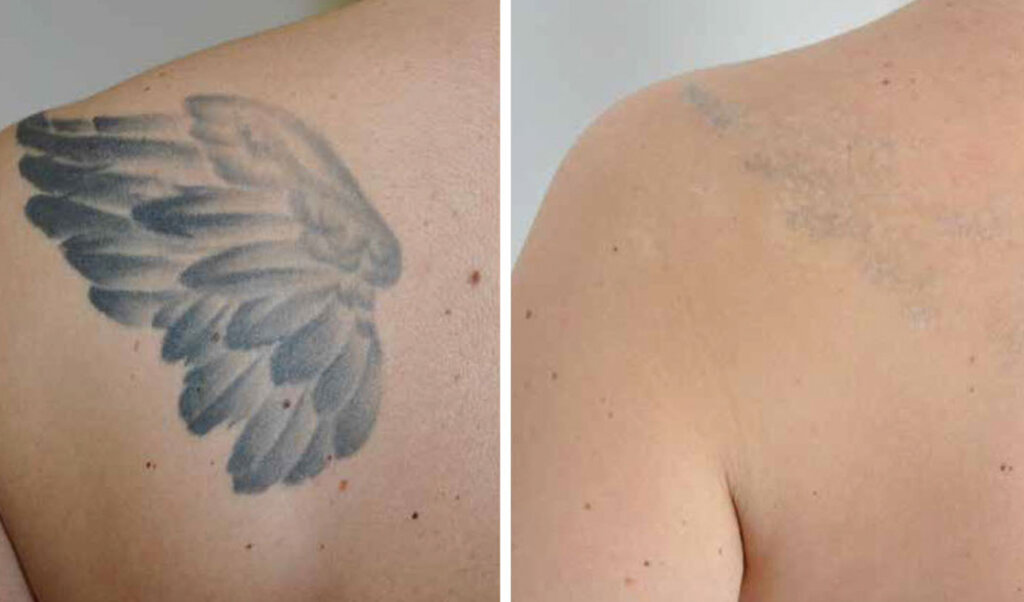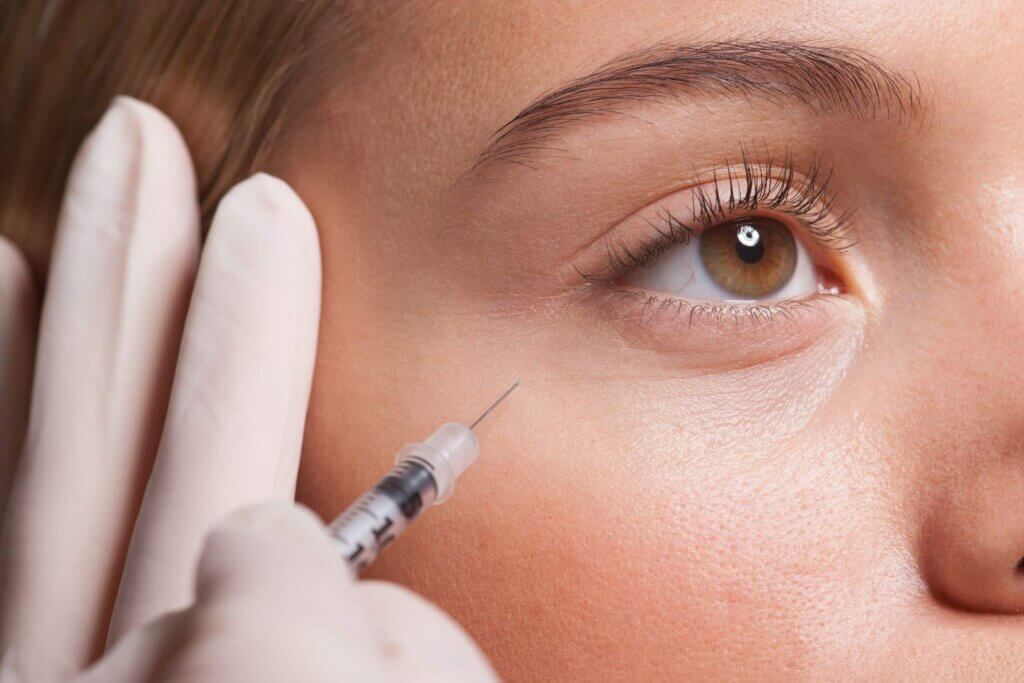Varicose veins
How Laser Helps in Treating Varicose Veins a common problem affecting many individuals, can lead to discomfort and self-esteem issues. Fortunately, advancements in contemporary medicine, particularly the use of laser technology, offer effective solutions for treating this condition. In this article, we will delve into how laser therapy aids in the treatment of varicose veins, outlining its benefits, sharing the experiences of Dr. Reem Triag, discussing why she chose Clear Laser, and providing essential steps and tips to follow before and after the procedure.
Understanding Varicose Veins
Before we explore how laser technology helps in treating varicose veins, it is crucial to understand what these veins are. Varicose veins occur when the veins become enlarged or dilated, leading to a twisted and bulging appearance. They can appear blue or dark purple and are often found in the legs and feet. Common symptoms include aching, swelling, and a feeling of heaviness in the affected limbs.
Laser treatment is a less invasive intervention that targets these problematic veins, promoting better circulation and enhancing the overall appearance of the legs. By focusing on how laser technology helps in treating varicose veins, we can discover its many advantages.

Benefits of Laser Treatment for Varicose Veins
- Minimally Invasive Procedure: One of the primary benefits of using laser technology for varicose veins is that it is minimally invasive. Unlike traditional surgical methods that require incisions, laser treatment usually involves no cuts at all. This results in less pain and a quicker recovery period.
- Quick Recovery Time: Patients can often return to their normal activities almost immediately after undergoing laser treatment. Typically, individuals can leave the clinic shortly after their procedure without the need for an overnight hospital stay.
- Effective and Safe Treatment: Research has shown that laser procedures are highly effective for treating varicose veins. The use of lasers targets the affected veins precisely, minimizing damage to surrounding tissues.
- Reduced Risk of Complications: Compared to traditional surgery, laser treatments generally come with reduced risks of complications such as infections or prolonged swelling.
- Improved Aesthetic Outcomes: The goal of using laser technology to treat varicose veins is not only to relieve discomfort but also to enhance the cosmetic appearance of the legs. The results are often impressive, leading to increased patient satisfaction.
- Long-Lasting Results: Many patients experience long-lasting relief from symptoms, as the laser procedure effectively closes off the problematic veins.
- Customization of Treatment Plans: Every patient is unique, and treatments can be tailored to meet individual needs. Doctors can assess each case and provide a personalized approach to laser treatment.
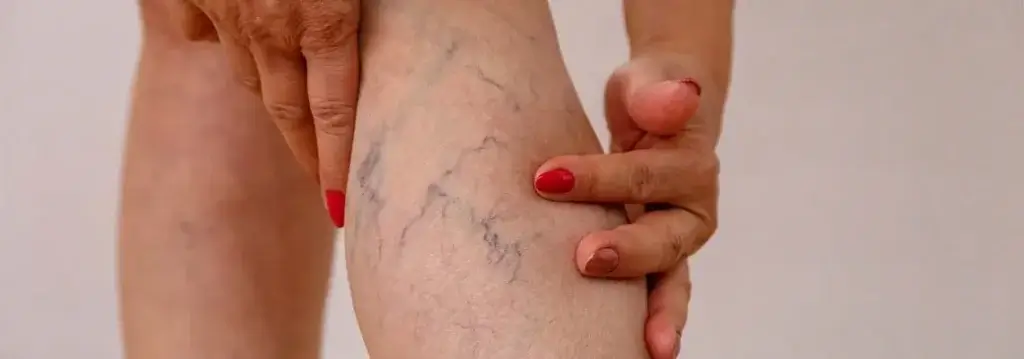
Experiences of Dr. Reem Triag
Dr. Reem Triag, a seasoned expert in the field of dermatology, has extensive experience in using laser technology for treating varicose veins. With years of practice and specialization, she has witnessed firsthand the transformative effects of laser treatment on her patients. Dr. Triag emphasizes that the importance of understanding each patient’s unique situation cannot be overstated. She takes the time to evaluate symptoms, understand patient concerns, and explain the procedures clearly, ensuring that everyone feels informed and comfortable.
Her commitment to excellence is evident in her choice to utilize Clear Laser technology. Dr. Triag believes that Clear Laser provides the best resources and tools for delivering outstanding outcomes in varicose vein treatment.
Why Dr. Reem Triag Chose Clear Laser
When exploring how laser technology helps in treating varicose veins, it’s crucial to note the quality of the equipment used. Dr. Triag chose Clear Laser for several compelling reasons:
- Innovative Technology: Clear Laser utilizes state-of-the-art technology that enhances the efficiency and effectiveness of vein treatments.
- Proven Results: Clinical studies and patient outcomes demonstrate the success of Clear Laser in providing effective results for those suffering from varicose veins.
- Comprehensive Training: Dr. Triag appreciates the extensive training and support provided by Clear Laser for practitioners. This ensures that she uses the technology to its fullest potential.
- Patient-Centric Approach: Clear Laser emphasizes the importance of patient care and satisfaction, aligning with Dr. Triag’s values in her medical practice.
Steps Involved in Laser Treatment for Varicose Veins
To effectively grasp how laser technology helps in treating varicose veins, it’s essential to understand the steps involved in the procedure:
- Consultation: The process begins with an initial consultation, where Dr. Triag assesses your symptoms, medical history, and treatment goals. Open communication is encouraged, and patients are invited to ask questions.
- Assessment: After the consultation, a thorough assessment of the affected veins is conducted. This may involve ultrasound imaging to visualize vein structures.
- Preparation: On the day of the procedure, patients are advised to wear comfortable clothing. The area around the targeted vein is cleaned, and local anesthesia is typically applied.
- Laser Application: A thin catheter is often inserted into the vein, through which laser energy is delivered. The laser heats the vein wall, causing it to collapse and seal closed.
- Post-Procedure Care: After the treatment, patients may be advised to wear compression stockings and engage in light physical activities for optimal recovery.
Tips Before and After the Procedure
As you explore how laser technology helps in treating varicose veins, it’s essential to prepare adequately and ensure optimal recovery post-treatment. Here are some helpful tips:
Before the Procedure:
- Consult Your Doctor: Make sure to discuss any medications you are taking, including over-the-counter drugs.
- Follow Pre-Procedure Instructions: Your healthcare provider may offer specific guidelines regarding dietary restrictions or medication adjustments prior to the procedure.
- Arrive Early: Allow ample time to complete any required paperwork and to relax before your treatment.
After the Procedure:
- Wear Compression Stockings: These help minimize swelling and encourage proper blood circulation in the legs.
- Stay Active: Engage in light walking or gentle activities to promote circulation, but avoid strenuous exercises for a few days.
- Attend Follow-up Appointments: Regular check-ins with Dr. Triag can ensure that your recovery is on track and address any concerns you may have.
- Monitor Symptoms: Be vigilant about monitoring how your legs feel post-treatment. Report any unusual pain or side effects to your healthcare provider.
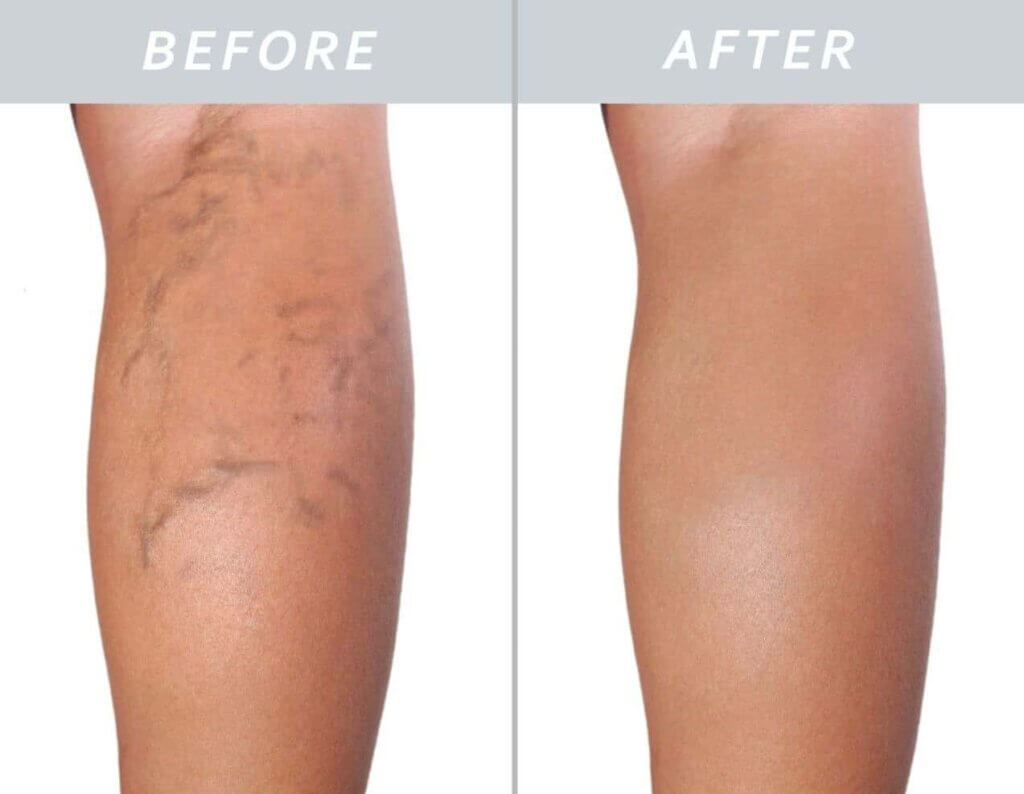
Conclusion
In conclusion, how laser technology helps in treating varicose veins is profound and far-reaching. The benefits of this treatment method speak volumes, from the minimally invasive nature of the procedure to reduced recovery times and significant aesthetic improvements. Dr. Reem Triag’s experience and her decision to utilize Clear Laser technology further highlight the efficacy and potential of this treatment for those suffering from varicose veins. By understanding the steps involved, as well as the essential pre- and post-treatment tips, patients can navigate their varicose vein journey with confidence.
Harnessing the power of laser technology marks a significant advancement in treating varicose veins, making it a viable option for many seeking relief. With proper guidance and expert care, individuals can expect positive outcomes and reclaim their comfort and confidence.
